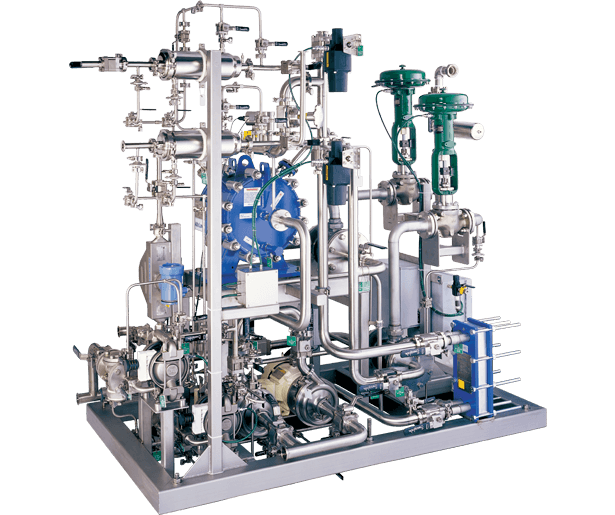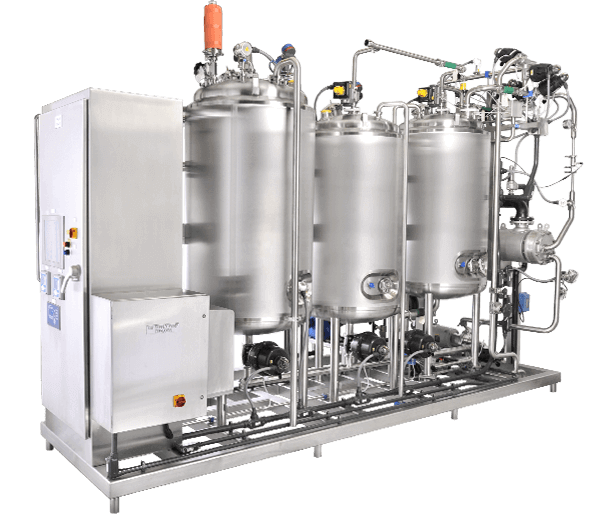
Example of regulation mechanism
Industrial Regulation refers to the framework of rules, standards, and oversight mechanisms imposed by governments or regulatory bodies to monitor and control the operations of industries. The goal is to ensure fairness, safety, environmental protection, consumer protection, and efficient market functioning while addressing potential negative externalities caused by industrial activities.
Steps in Industrial Regulation
- Policy Formation:
- Identifying issues, consulting stakeholders, and drafting rules.
- Example: Setting emission limits for factories to combat air pollution.
- Implementation:
- Enforcing regulations through permits, licenses, and compliance checks.
- Example: Requiring industries to install pollution control equipment.
- Monitoring and Evaluation:
- Continuously assessing compliance and the effectiveness of regulations.
- Example: Conducting periodic audits of industrial facilities.
- Enforcement:
- Taking corrective actions for violations (e.g., imposing fines or suspending operations).
- Example: Shutting down a factory that exceeds pollution thresholds.
- Review and Adaptation:
- Updating regulations based on technological advancements, economic changes, or new challenges.
- Example: Revising energy standards to incorporate renewable energy sources.
Examples of Industrial Regulation
- Energy Sector:
- Monitoring emissions, promoting renewable energy, and ensuring fair pricing.
- Example: Carbon cap-and-trade systems.
- Manufacturing:
- Regulating safety standards, waste management, and product quality.
- Example: Restricting the use of hazardous materials (e.g., REACH regulations in the EU).
- Pharmaceuticals:
- Ensuring the safety, efficacy, and proper labeling of medicines.
- Example: FDA approvals for new drugs.
- Construction:
- Enforcing building codes, material safety, and worker protection.
- Example: Occupational safety guidelines for heavy machinery use.


